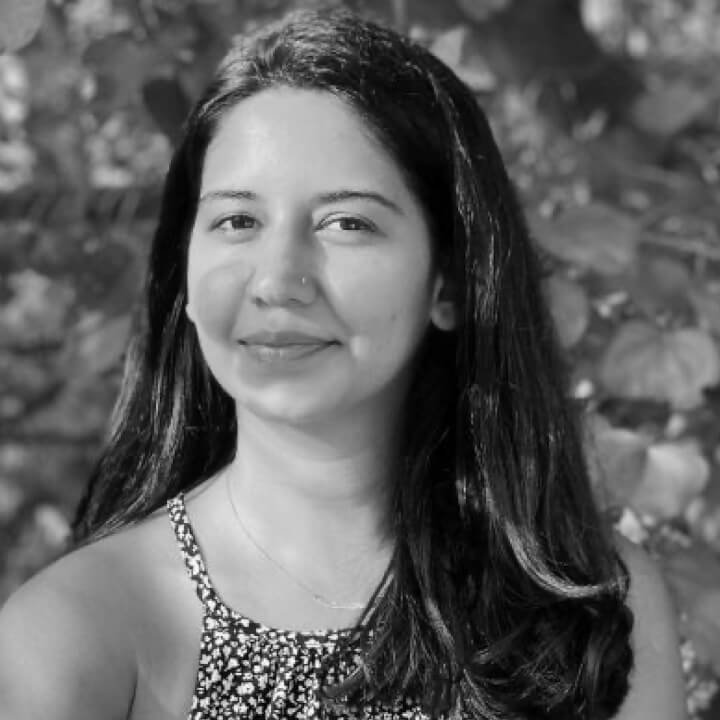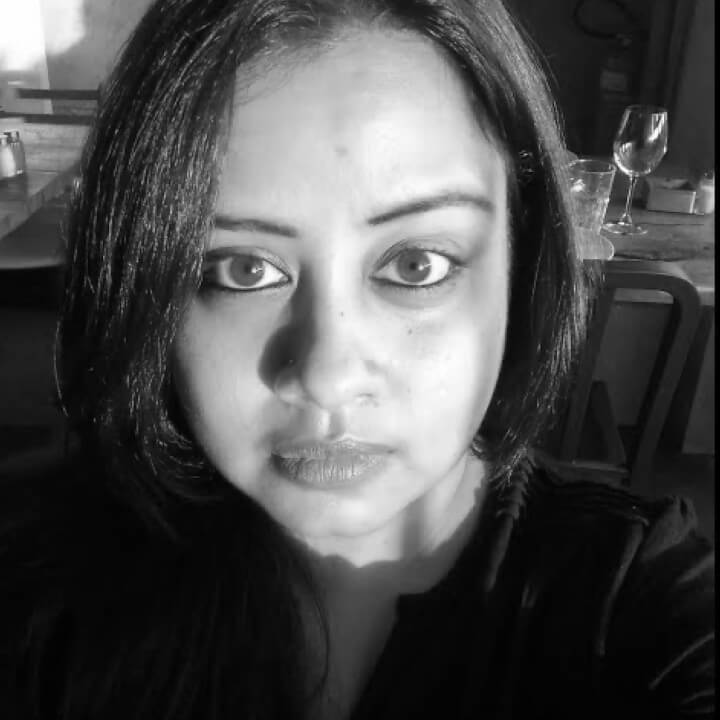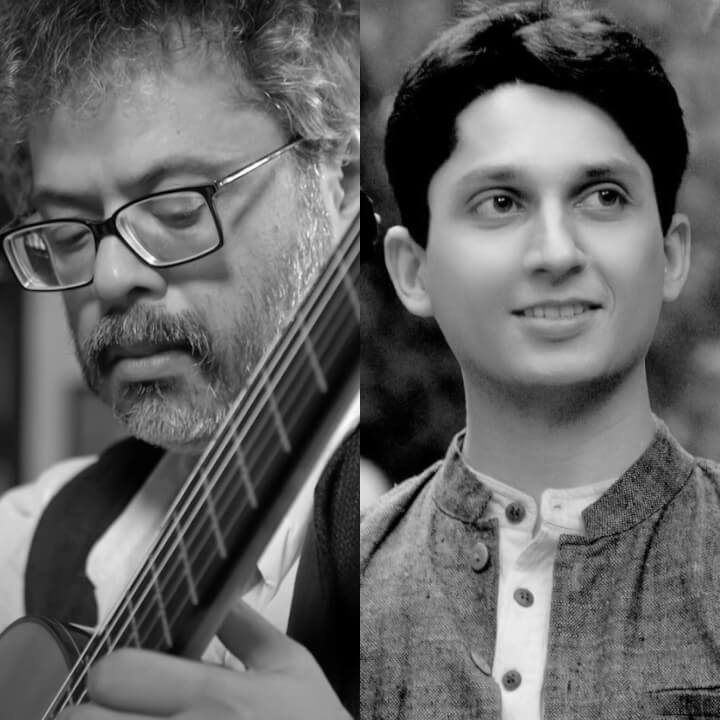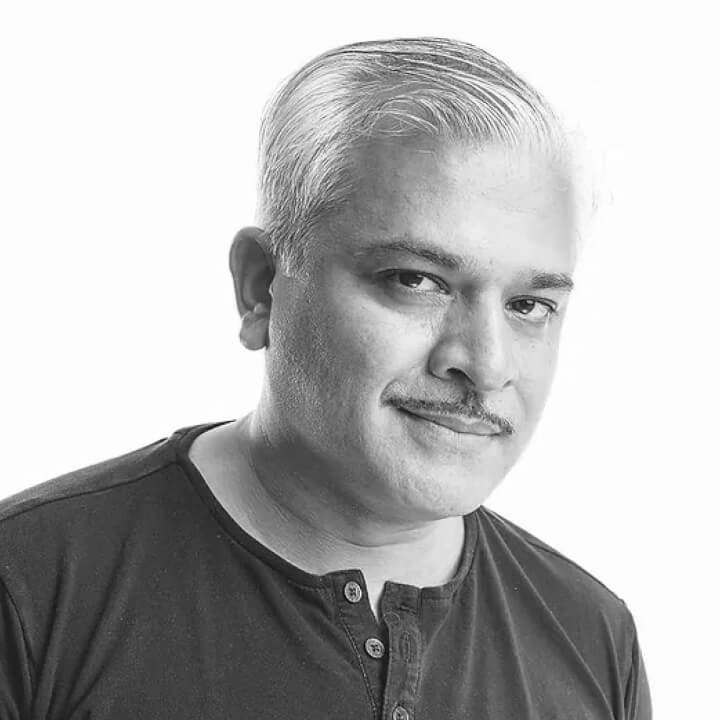EP 254 . 25 Oct 22
Research in music
With Srijan Deshpande
In the episode
- In most Indian classical art forms, things are communicated in metaphors and one has to decode them based on context. Do you see that happening in Music? What according to you could be the reason for this? Any examples?
- In Music, we have manyata. What is this manyata or acceptance as we call it? Can it be systematically studied as a research subject? Since I suspect Kumarji never accepted the way things were.
- If we consider Hindustani classical music to be all about improvisation and very personal exploration – What could be possible ideas or interventions by curious minds to build a hypothesis? How can one pick anything as a research subject?
- What can other research projects being undertaken in the context of Hindustani music?
- Can you tell us about your journey in the quest to know Kumar Gandharva. Any insights you have discovered about the legend?
About Srijan Deshpande
Kumar Gandharva once said…कला सारखी बदलत असणार, जी जन्माला आली की मृत्यु आहे त्याला, अशाला तुम्ही सारखे बांधून ठेवता, म्हैस बांधल्यासारखे? संगीतासारखी कला सारखी बदलत असते, म्हणजे त्याचं शास्त्र बदलत नाही, त्याचं सौंदर्य बदलतं.
Today we have Srijan Deshpande with us on Audiogyan. He is a dedicated student, performer, researcher, teacher, and archivist of Hindustani Raga Sangeet. Srijan is currently pursuing a doctoral research project at the Manipal Centre for Humanities, in which he is attempting to construct a rigorous account of Pt. Kumar Gandharva’s musical alterity in the context of the twentieth-century tradition of the khayal.
We’ll be talking about wide-ranging topics from manyata (acceptance) in the context of tradition to music research, keeping the Legendary Kumar Gandharva in the backdrop. Who is apparently considered a rebel in Hindustani Classical Music.
A quick shout-out to Baithak Foundation and Dakshina Dvaraka Foundation for introducing me to Srijan at a wonderful workshop “Talking with Tradition”. which happened in June 2022 in Pune. More details in the show notes.
Reference
- Srijan’s Website
- Srijan on Linkedin
- Srijan on Twitter
- Srijan on Youtube
- Srijan on Facebook
- Talking with Tradition
- Baithak Foundation
- Sushruti Santhanam
- Carnatic Vocal recital by Sushruti Santhanam
- Dakshina Dvaraka Foundation
- Satyasheel Deshpande Wikipedia
- Bakhle, Janaki. 2005. Two Men and Music : Nationalism in the Making of an Indian Classical Tradition. Permanent Black
- Clayton, Martin 2008. “Introduction: Towards a Theory of Musical Meaning (in India and Elsewhere).” British Journal of Ethnomusicology 10 (1): 1–17. https://doi.org/10.1080/09681220108567307
- Deodhar, BR. 1993. Pillars of Hindustani Music. Popular Prakashan.
- Deshpande Vamanrao. 1987. Indian Musical Traditions : An Aesthetic Study of the Gharanas in Hindustani Music. Popular Prakashan.
- Gandharva, Kumar, and M. V. Bhatavdekar. 2007. Kumar Gandharva: Mukkam Vashi. 2nd ed. Mumbai: Mauj Prakashan.
- Komkali, Kalapini, and Rekha Inamdar-Sane, eds. 2014. Kaljayee Kumar Gandharva. Pune: Rajhans Prakashan Pvt. Ltd.
- Manuel, Peter. 2015. “The Intermediate Sphere in North Indian Music Culture: Between and Beyond ‘Folk’ and ‘Classical.’” Ethnomusicology 59 (1): 82–115. https://doi.org/doi:10.5406/ethnomusicology.59.1.0082.
- Neuman. Dard. 2012. “Pedagogy, Practice, and Embodied Creativity in Hindustani Music.” Ethnomusicology 56 (3): 426–49. https://doi.org/10.5406/ethnomusicology.56.3.0426.
- Pradhan, Aneesh. 2014. Hindustani Music in Colonial Bombay. Three Essays Collective.
- Ranade, Ashok Damodar. Indology and ethnomusicology: Contours of the Indo-British relationship. Promilla & Company, 1992.




